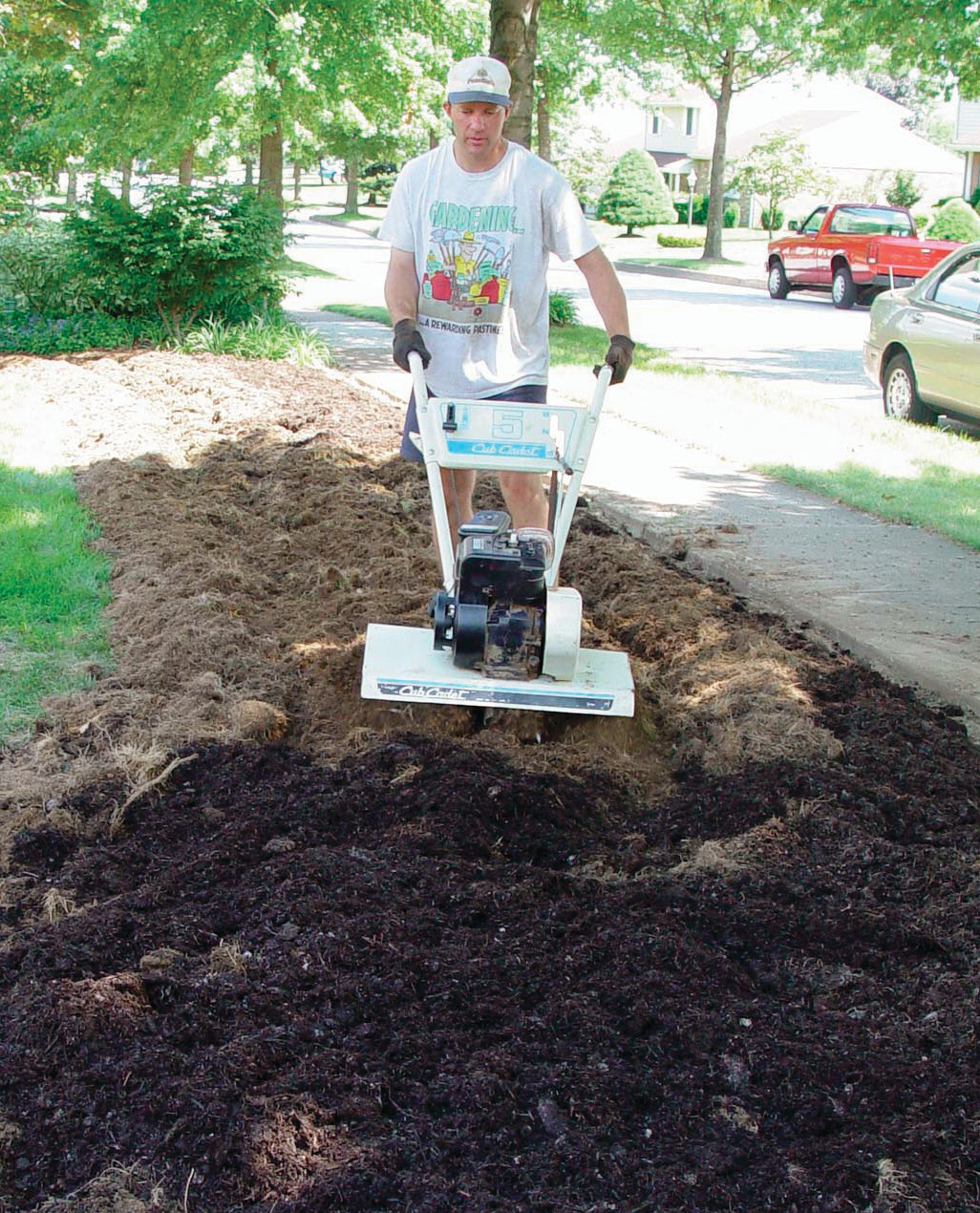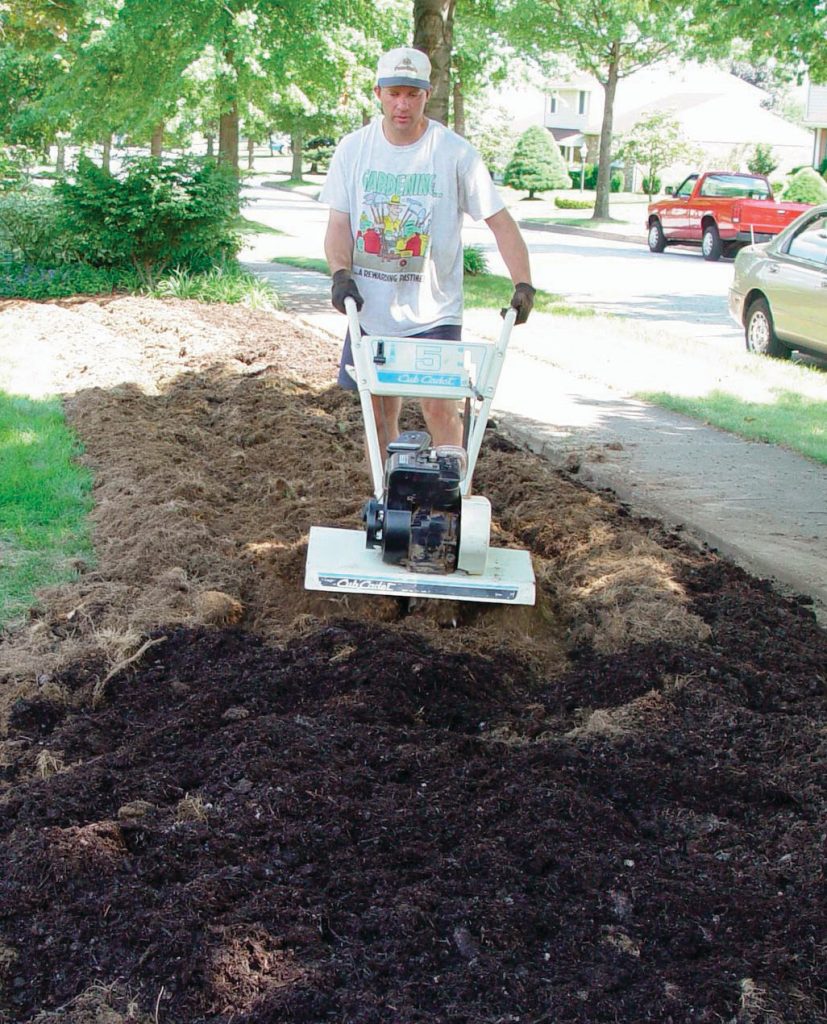Maybe you’re not too crazy about how your yard looks. That doesn’t mean your only option is to rip out the whole sordid thing and start over.
Sometimes a measured, partial, “surgical” strike is enough to whip a yard into decent shape. A trim here, a transplant there and a replacement or two might be all you need.
Other times, if enough plantings are overgrown or flat-out ugly, a clean slate might be the way to go.
Either way, give it some thought first — especially if you’ve just moved. You might regret wholesale knee-jerk changes after you realize why those apparent “mistakes” were planted where they are.
10 points to ponder:
1. Get to know the lay of the land.
This is especially important if you’re new to the property.
Those evergreen monstrosities that you want to cut down might hide the neighbor’s chewing-tobacco billboard collection. Or that “messy” maple tree might be shading out the setting sun so the patio is usable after work.
Pay attention to where the sun comes up and goes down. Watch where water pools after a rain. Where is it hot and dry? Are there windy spots? Are there pockets of particularly horrid soil?
Your current plants might not be the prettiest, but they might be there to solve a problem.
2. Take a critical look at existing plants.
Which ones do you like? Which clash with the house, are misshapen or otherwise annoy you? Any that are bug- or disease-riddled? Any that demand more maintenance than you’re willing/able to give them?
The answers to these will help you determine what can stay and what should go.
3. How do you want to use your yard?
This will drive the rest of the landscape planning. It’ll help you determine where beds and trees should go (or not go), what kind of plants to use and what kind of structures go on your wish list (A pool? Patio? Shed? Gazebo?)
Do you need open space for the kids to play? Do you entertain a lot? Do you want a peaceful retreat? Are there plants where you want to walk or paths where you’d rather sit?
Start with practical needs, and carve out a game plan that meets them. Don’t just plan for pretty without regard for making the yard useful.
4. What style of plantings do you like?
Some people like formal, symmetrical gardens that are neatly trimmed. Others prefer a looser look with curved beds and naturalistic plantings or a riot of color. What’s right is what matches your taste.
5. Do the plantings match the character of the house?
A lavender-lined picket fence and clipped boxwoods might be a fitting choice for a Colonial-style house. However, a Victorian-style house might look better with sweeping beds of colorful perennials and annuals.
Consider not only the house but the surrounding environment. That doesn’t dictate what you have to do, but it’s a starting point. Remember, it’s your house. If garden critics don’t like something, let them pay your mortgage.
6. What about the colors?
Do the plant colors match the house trim or clash with it? Removing a few clashers might fix this one.
But again, if you like orange next to pink, fine. If you’re not sure, get a color wheel from the paint or craft store.
Or pick one of the two main color families. “Warm” colors include red, orange, gold, yellow, deep purple and burgundy. “Cool” colors include pink, blue, violet, lavender and most pastels.
7. Are there views that need to be screened out?
Maybe you want privacy around your deck. Maybe you want a tall screen planting along the side property lines. Maybe you want the entire backyard or even parts of the front yard screened off. These are prime real estate for dense evergreens.

Sometimes landscapes can be improved with a few “surgical” moves such as trimming or transplanting. Other times, though, razing it all to start with a clean slate is a better option.
8. What views do you want to keep?
If you have a favorite window to look out, somewhere in that line of sight would be a good place for a specimen tree or shrub. If there is a great view of a mountain or lake from the patio, highlight it by planting plants on either side to frame the view. Be careful not to plant big trees or dense evergreens where they’ll screen out good views.
9. Think about the not-so-little details.
Maintenance is very important. There’s no sense in spending a ton of money on a great new landscape when you really don’t like to garden, have no time for it and don’t want to hire out regular maintenance. It’s better to be realistic and plan for plantings you’ll be able to care for.
Also ask yourself: Will any plants block motorists’ views? Are any animal problems lurking? How important is it for the yard to look good in all four seasons? How important is attracting birds and butterflies or being environmentally friendly?
10. Borrow ideas.
Finally, you might get your best inspiration from seeing what others have done. Thumb through a few gardening magazines or books. Visit a public garden or two. Drive around a few neighborhoods. Snap a few pictures. All will help you fine-tune your likes and dislikes.



